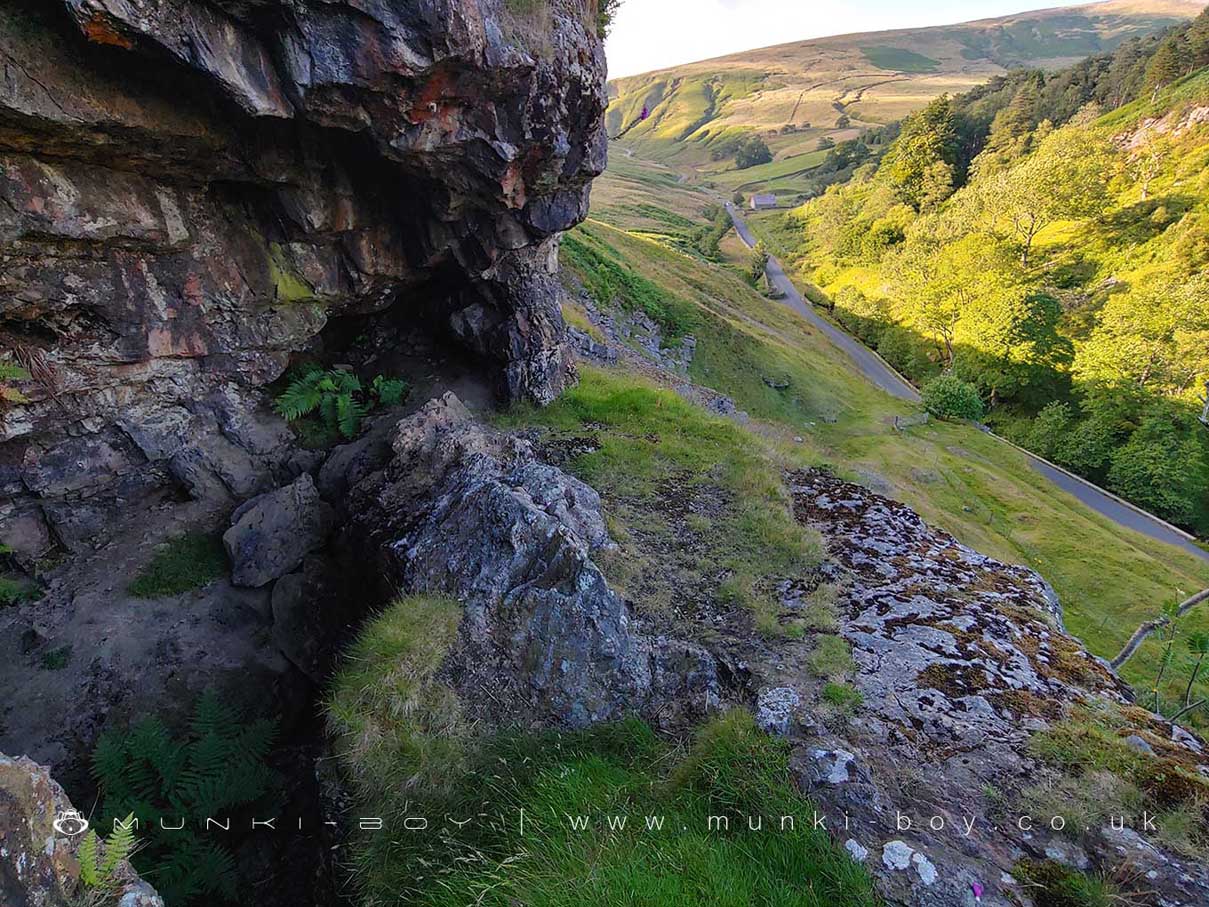
Sykes Mine by munki-boy
Sykes Mine
Sykes Mine is an old lead mine, that worked mineral veins on either side of the Trough Road and Losterdale Beck, above Sykes in the Trough of Bowland.
This mine is dangerous to enter, and should be left to experienced explorers. Mines on mineral veins often rely on stoping to extract as much mineral as possible and false floors with drops of tens of meters are not uncommon.
The mine possibly dates to as far back as the 18th Century; a James Swail is recorded as having ore from Sykes, smelted at Grassington and receiving 12 pieces of lead.
Sykes Mine East
The east side mine found that the fault was barren after some distance and mining seems to have been concentrated on a smaller cross-fault, heading northwards not far from the adit. There are deep sumps close to the entrance and along the side tunnel so the mine is quite dangerous and should not be explored. Although, maps show an interestingly labelled “natural chamber”, at the end of the main fault.
Sykes Mine West
The west side mine had a drain at ground level, but the main adit seems to be the top-level, leading almost immediately to a 15 metre rise (that is a drop of 15 metres) or a 6 metre rise further on - again too dangerous enter.
Mineral Veins
Mineral veins are found along the lines of geological faults (cracks in Earth’s crust). However, the formation of minerals doesn’t have to coincide with the creation of the fault. Mineral veins usually form due to hydrothermal events - often hot seawater under pressure, forcing its way down the faults due to later events such as igneous intrusions (hot molten rock coming up from beneath Earth’s crust) that could happen many miles away. The water scours out traces of minerals from surrounding rock and concentrates them in areas where pressure drops.
Two types of mineral formation have been reported in the faults around Losterdale Beck; ‘mineralised chert breccias and numerous, but smaller, calcite veins. The latter are found in the limestone strata, but they mostly fail in,or near, the base of the Bowland Shales.’, (M.C. Gill).
Breccias are rocks formed when high-pressure hydrothermal events occur, which are so powerful they shatter rocks on either side of geological faults. The shattered pieces of rock are then bound together by minerals which form as the temperature and pressure goes down.
Sykes Mine Minerals
A good variety of minerals can be found in the spoil at Sykes Mine, although the ground is steep and care must be taken with loose rock underfoot. For the less fleet-of-foot, the spoil reaching down to the roadside close to the Losterdale Intake will be found to contain most if not all of the minerals mentioned.
To quote Gill once more; ‘blende, galena, copper pyrites, malachite, fluorspar, barytes and quartz; calcite being rare. It is the cherts, rather than the limestone, and in particular the Lower Chert at the top of the Lower Limestone, that are mineralised in this way’. In this context ‘blende’, would refer to Sphalerite, Zinc Blende or Black Jack as it is variously known.
Galena
Galena is lead ore and would be the main purpose for the mine. Galena is a dull-grey or shiny metallic when found in its cubic habit, and feels quite heavy.
Fluorspar
There is a good deal of Fluorspar in the spoil below the western adits to Sykes Mine. Much is found in the octahedral forms adhering to rock, most often clear and yellow colours with small amounts of purple. However, the mineral vein which outcrops high in the quarry has well-formed cubes and triangles of purple Fluorspar in a matrix of densely packed Baryte ‘blades’.
Copper
Pieces of breccia found in the spoil have small, but easily visible patches of shiny copper together with Malchite (green) and small amounts of Azurite (blue) and a good deal of hydrated iron oxide (orange). Copper would have been an important secondary mineral for the mine, although the quantities recoverd would have been much smaller than that of lead.
Chert
Chert is a rock, rather than a mineral, but it’s mostly composed of quartz. It forms in limestone sediments in a similar way to flint in chalk; in fact, flint is a type of chert.
Limestone
Limestone is the rock that is seen as outcrops around Sykes Mine and in the nearby quarry. There are plenty of marine fossils in some of the limestone beds if you look.
Sykes Mine is in Forest Of Bowland AONB, a designated Area of Outstanding Natural Beauty.
Created: 17 July 2022 Edited: 29 November 2023
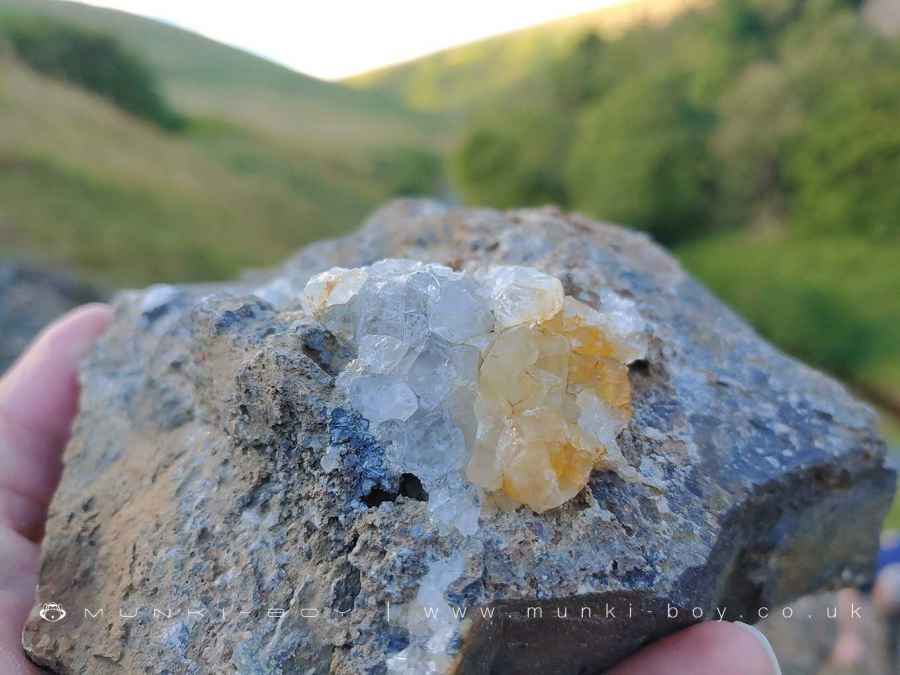
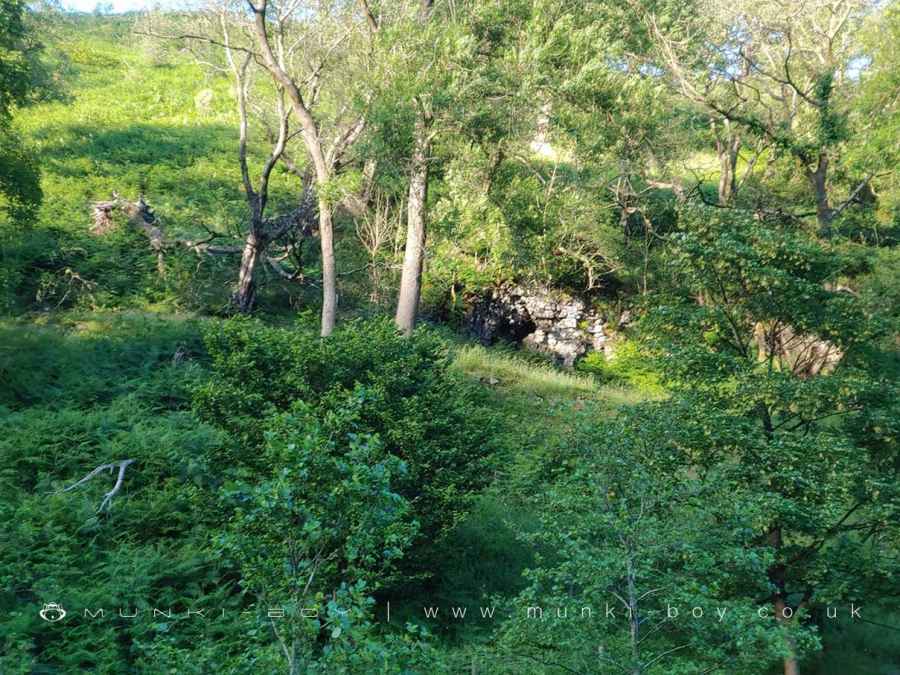
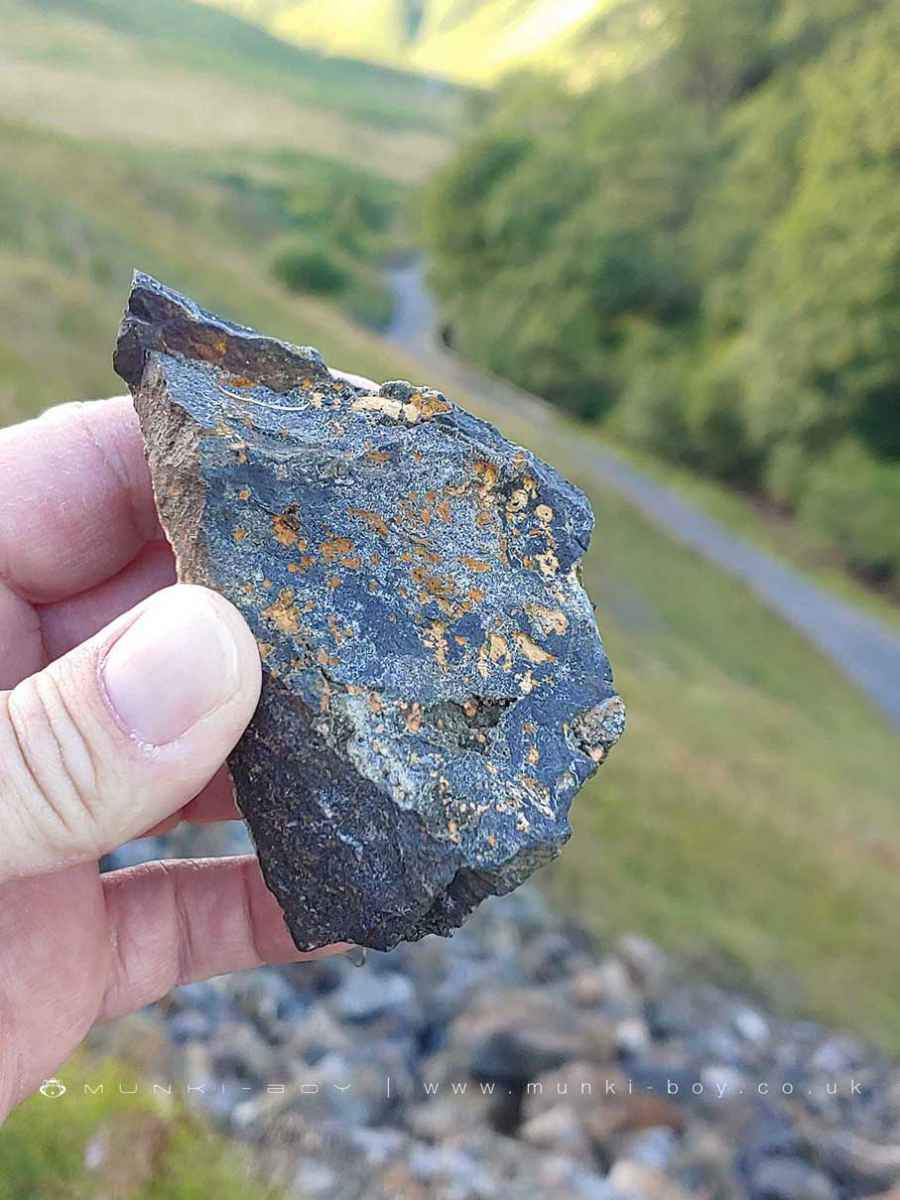
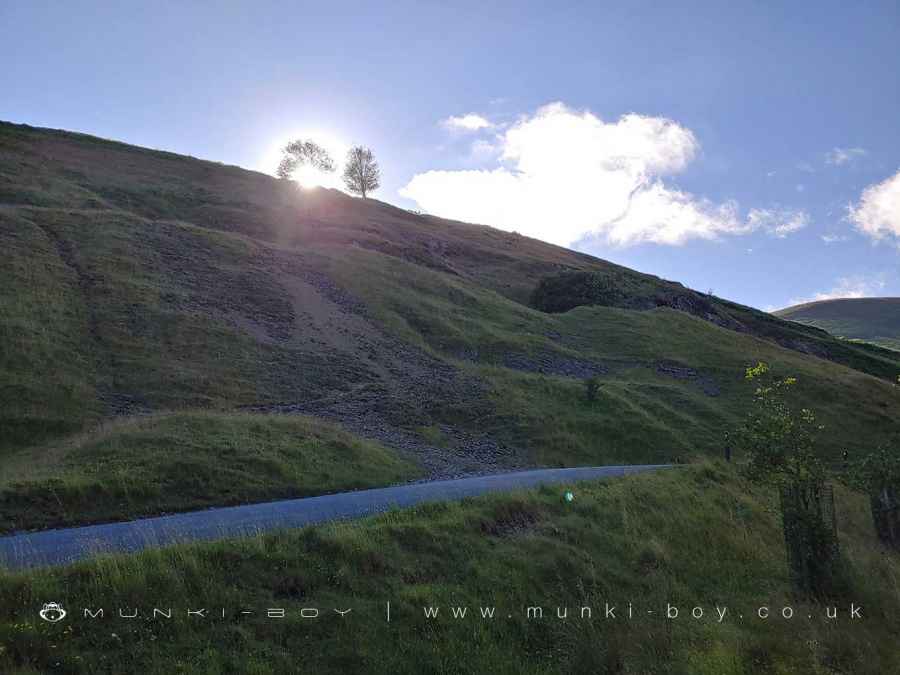
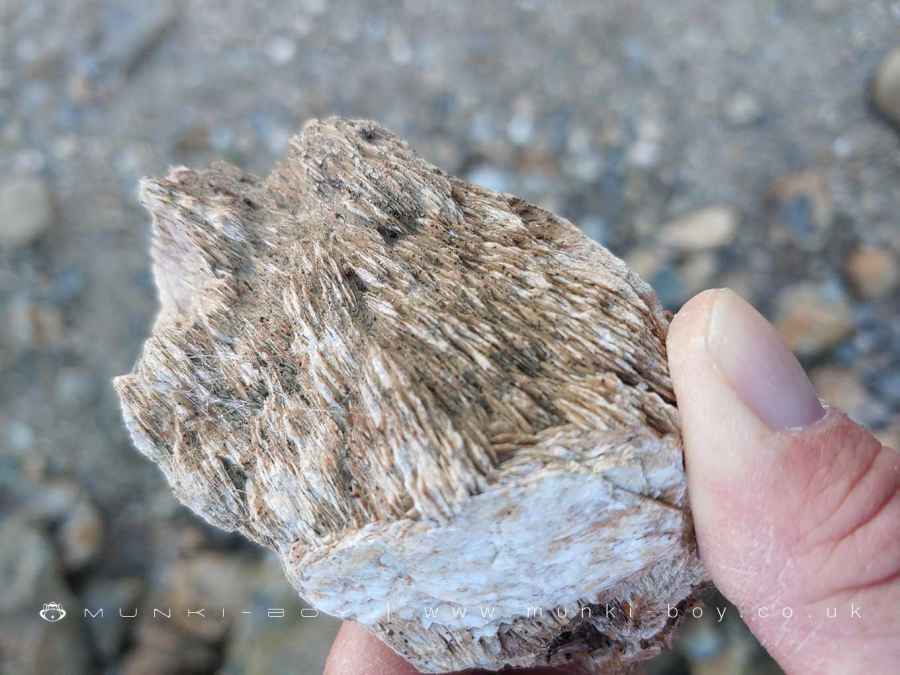
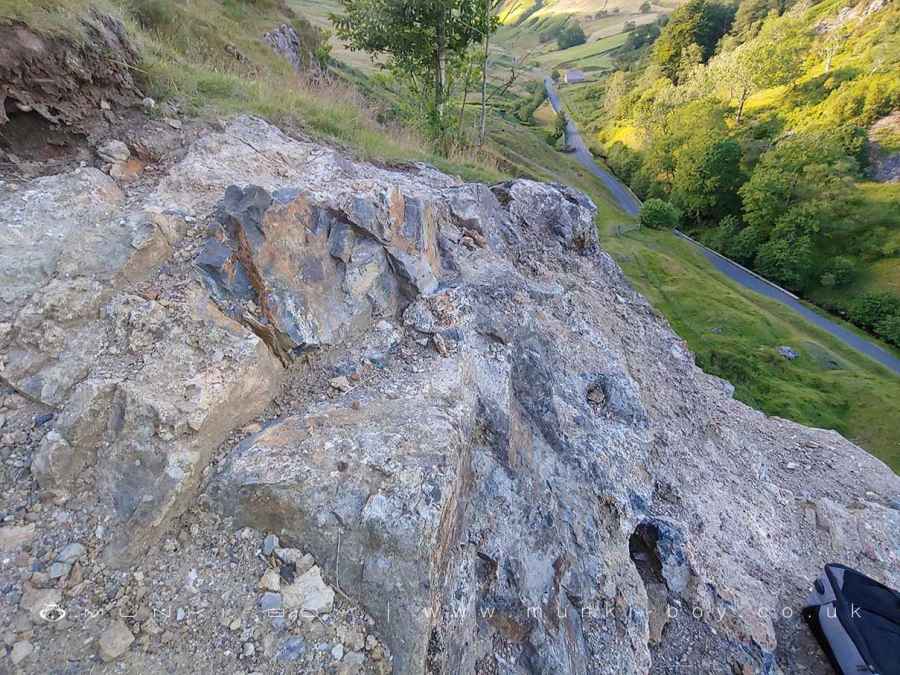
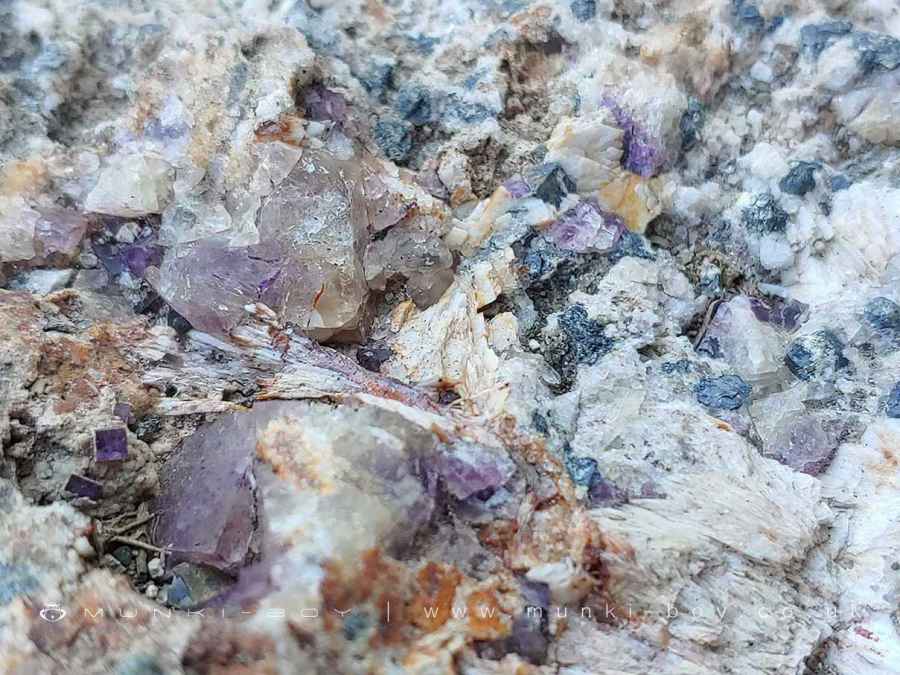
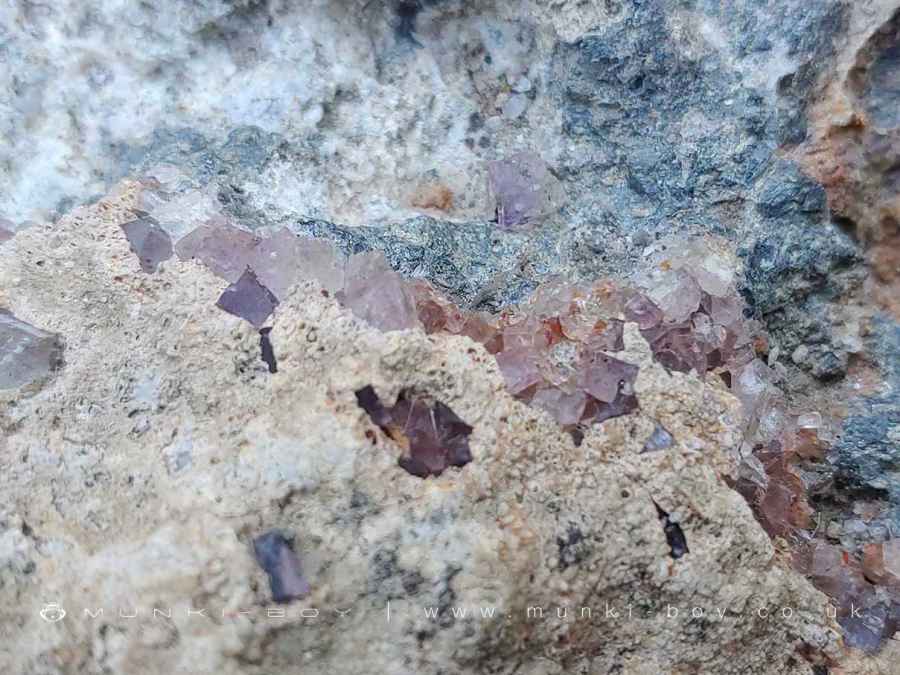
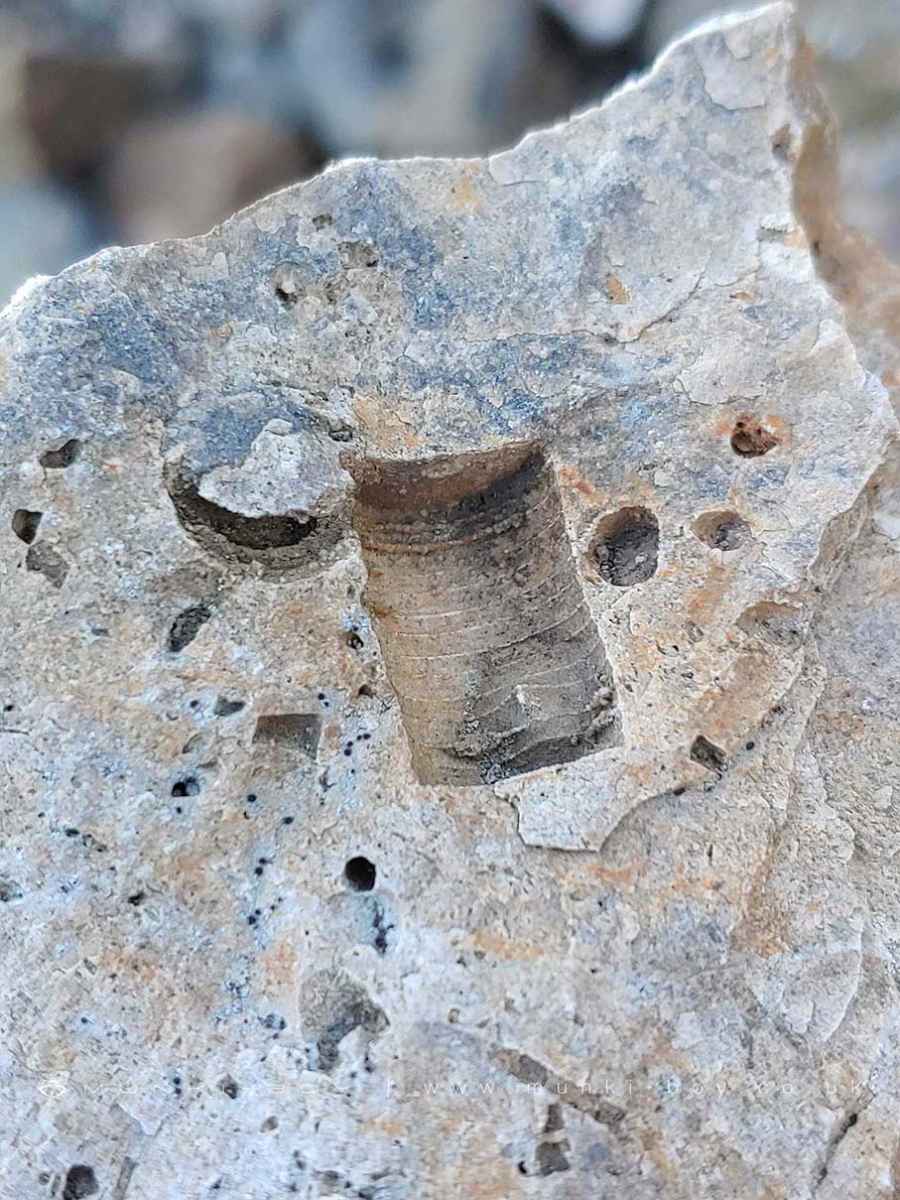
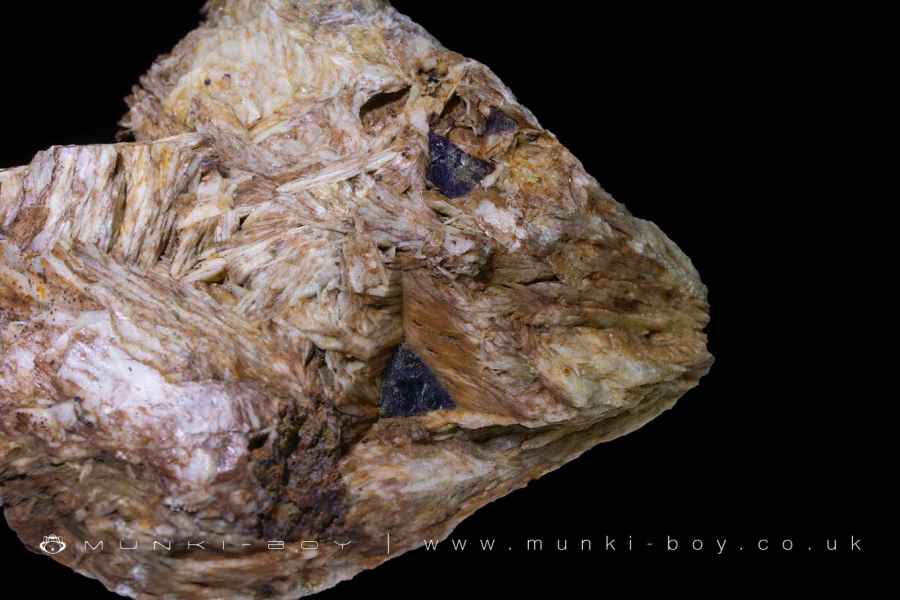
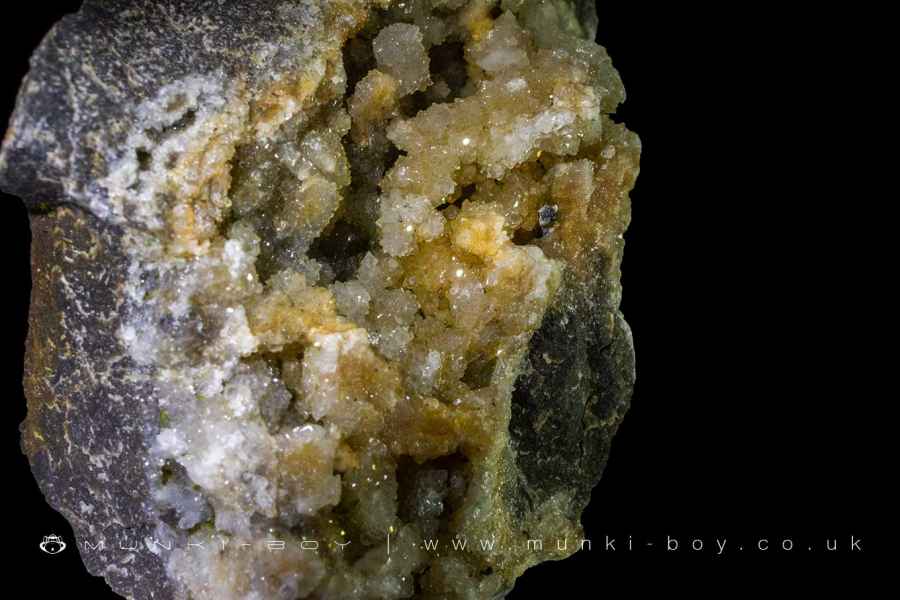
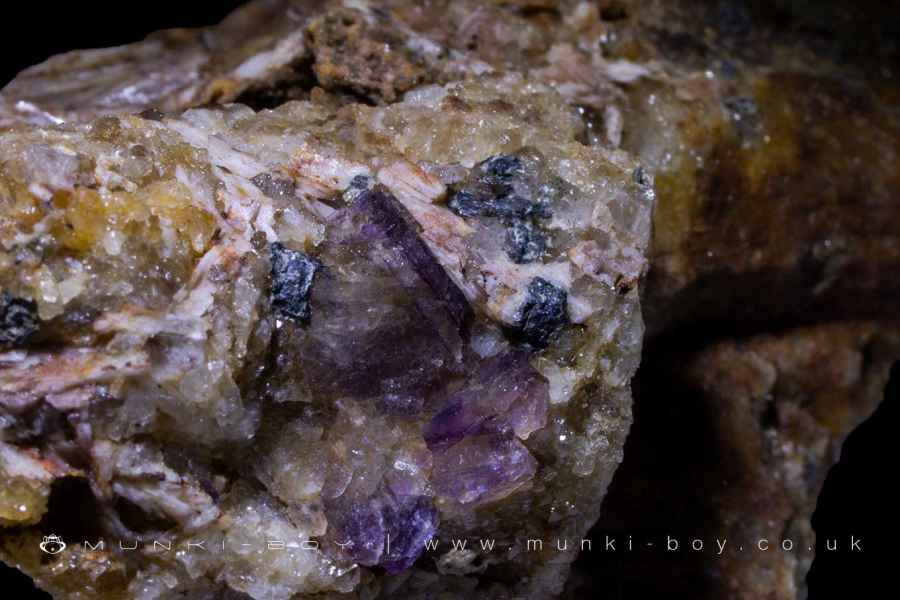
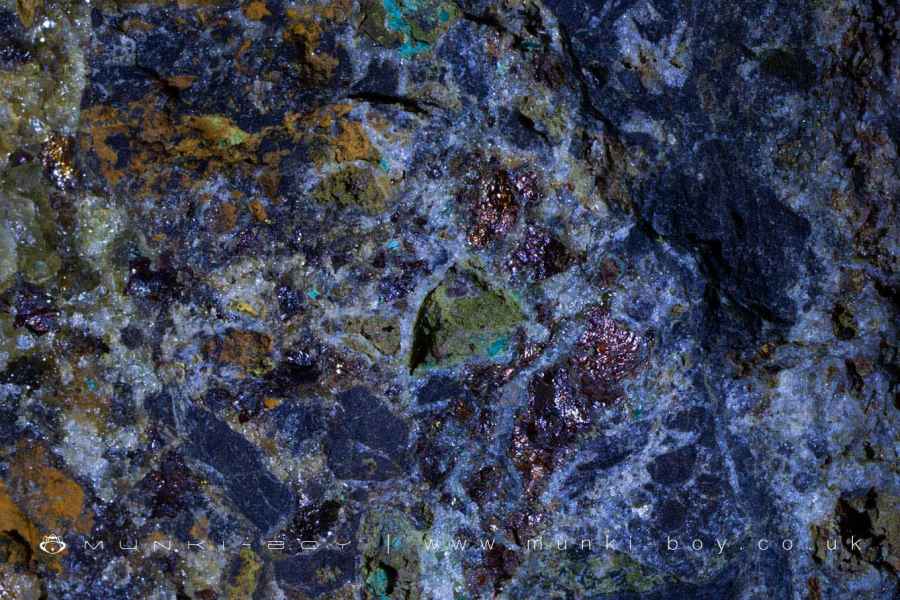
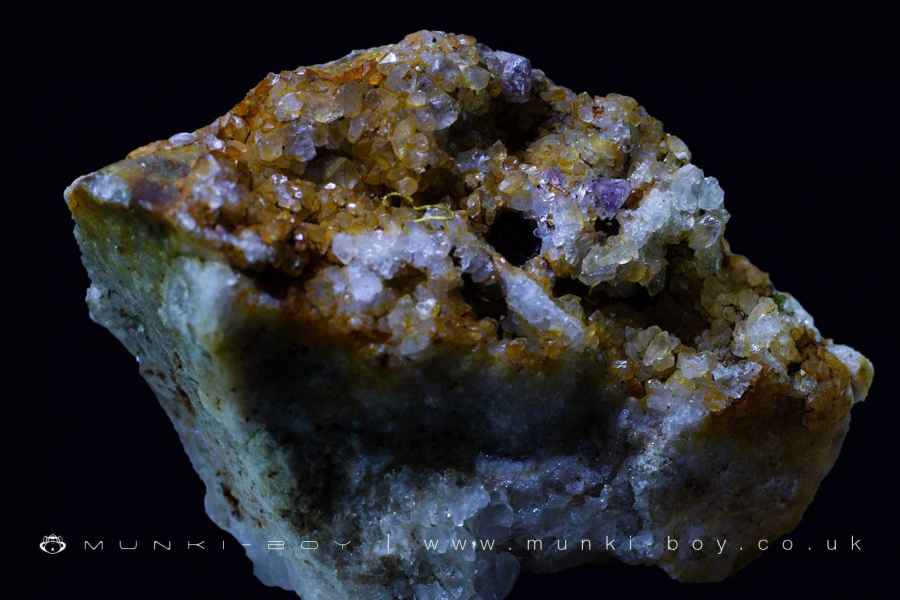
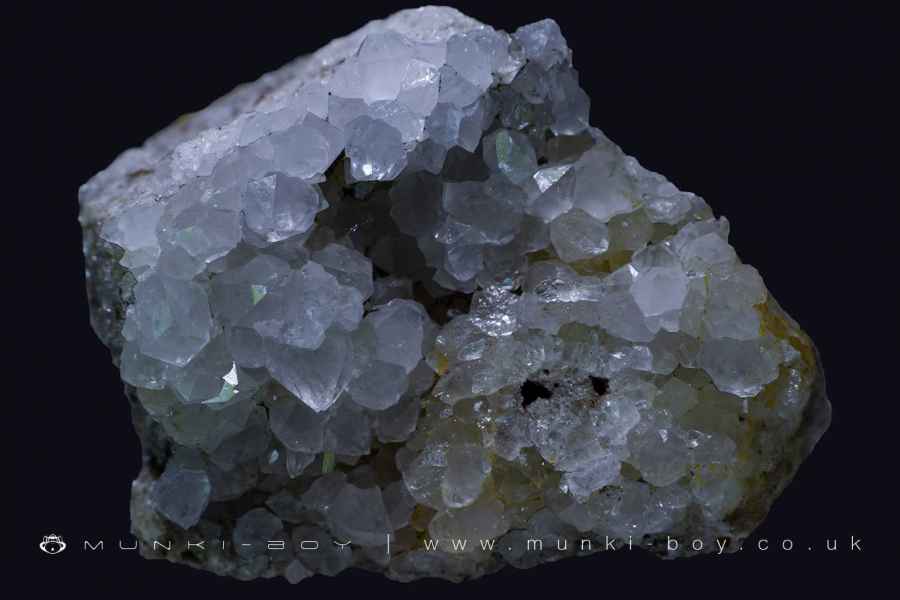
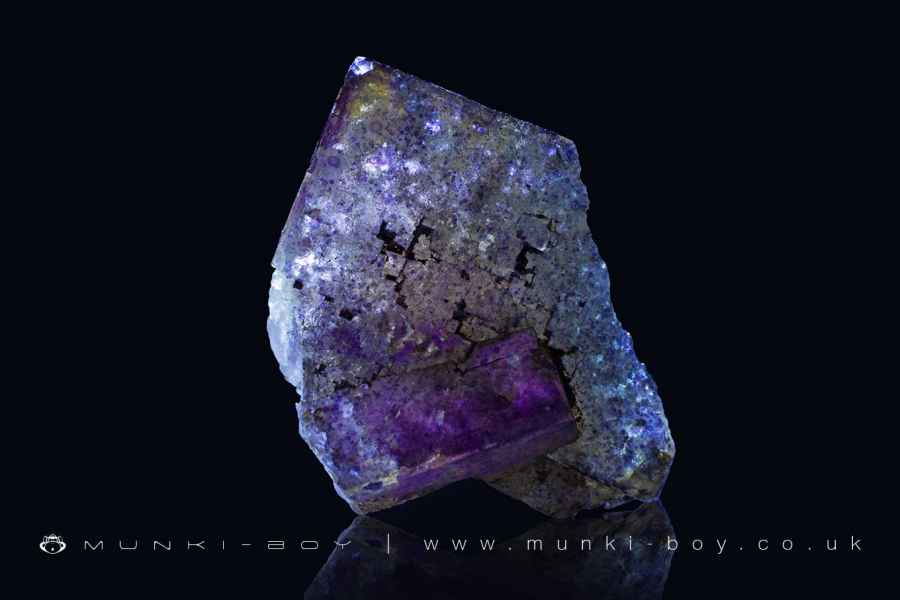
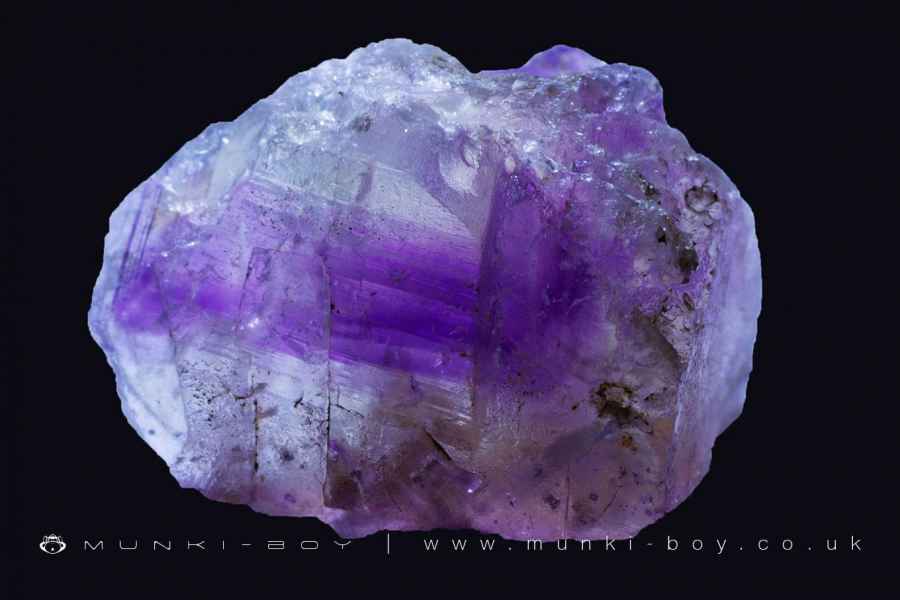
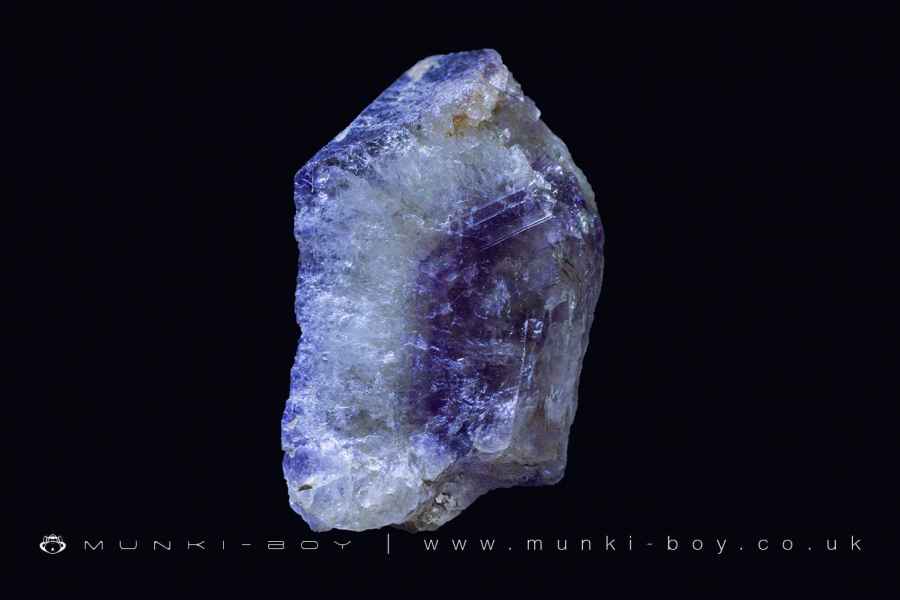
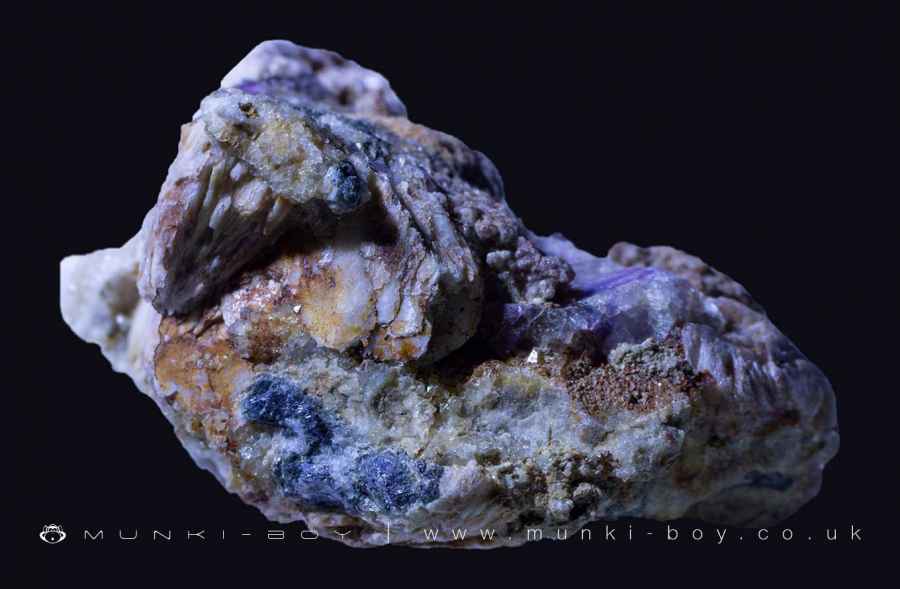
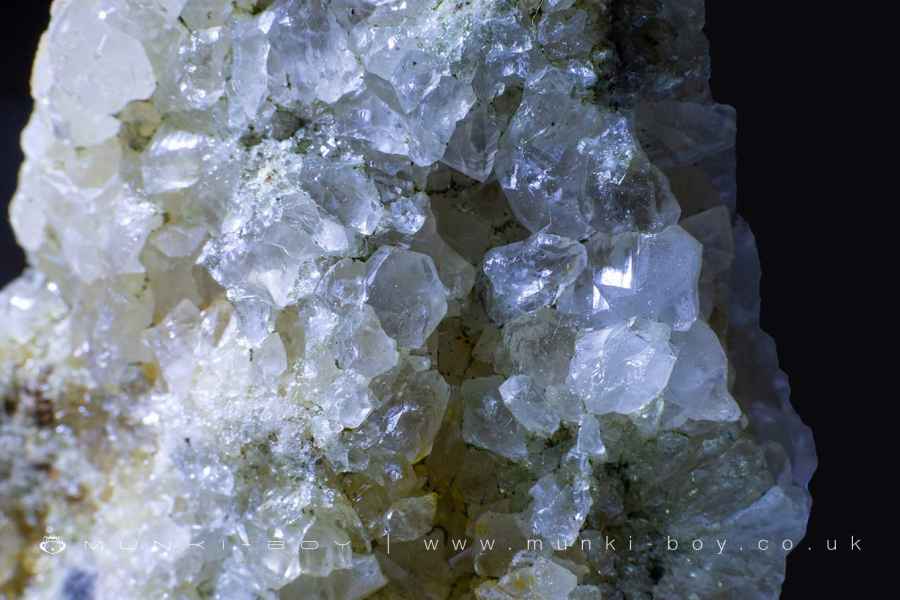
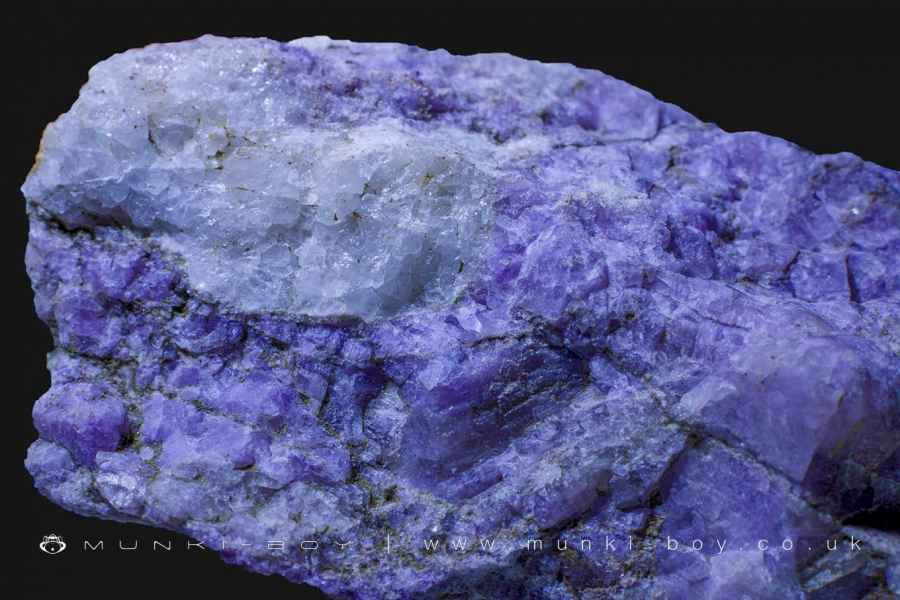
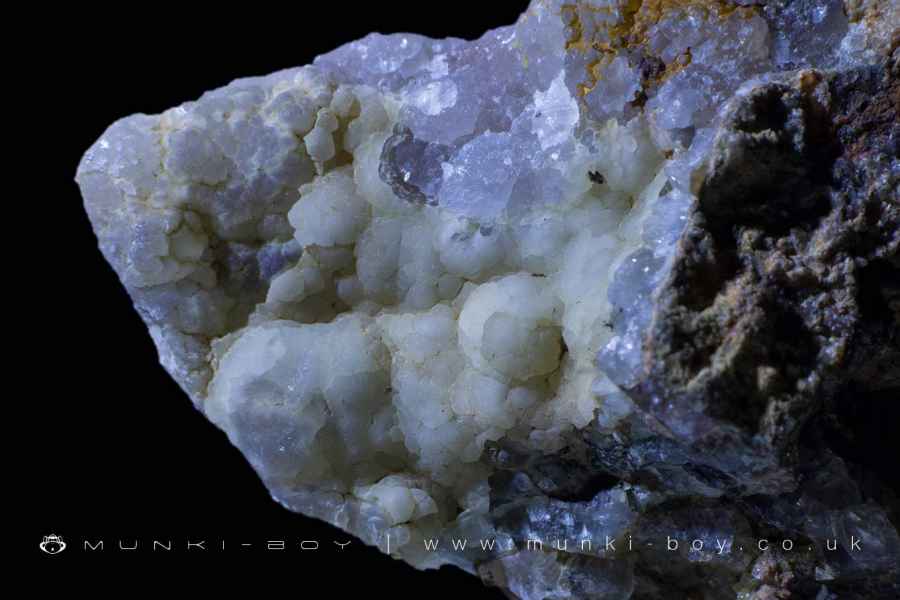
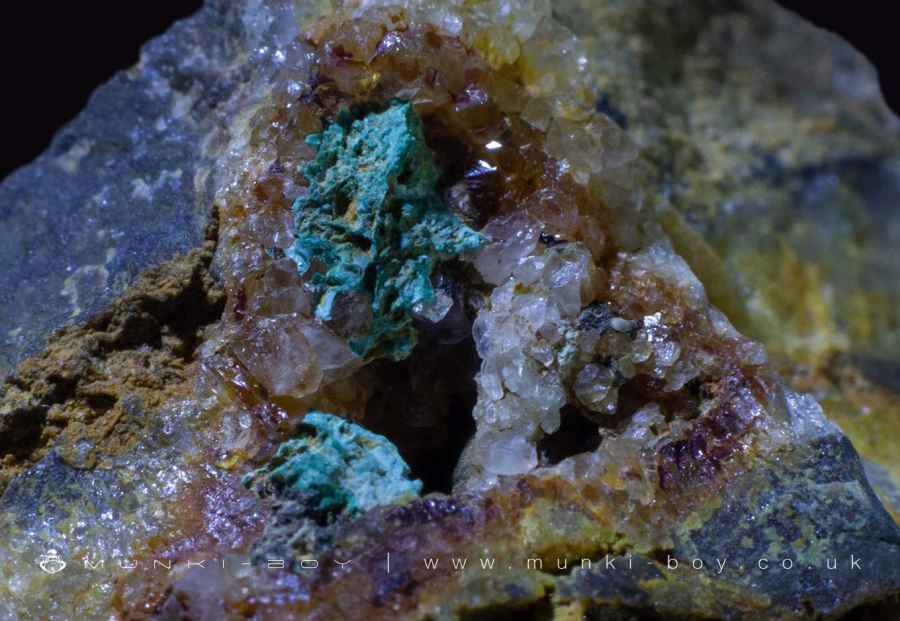
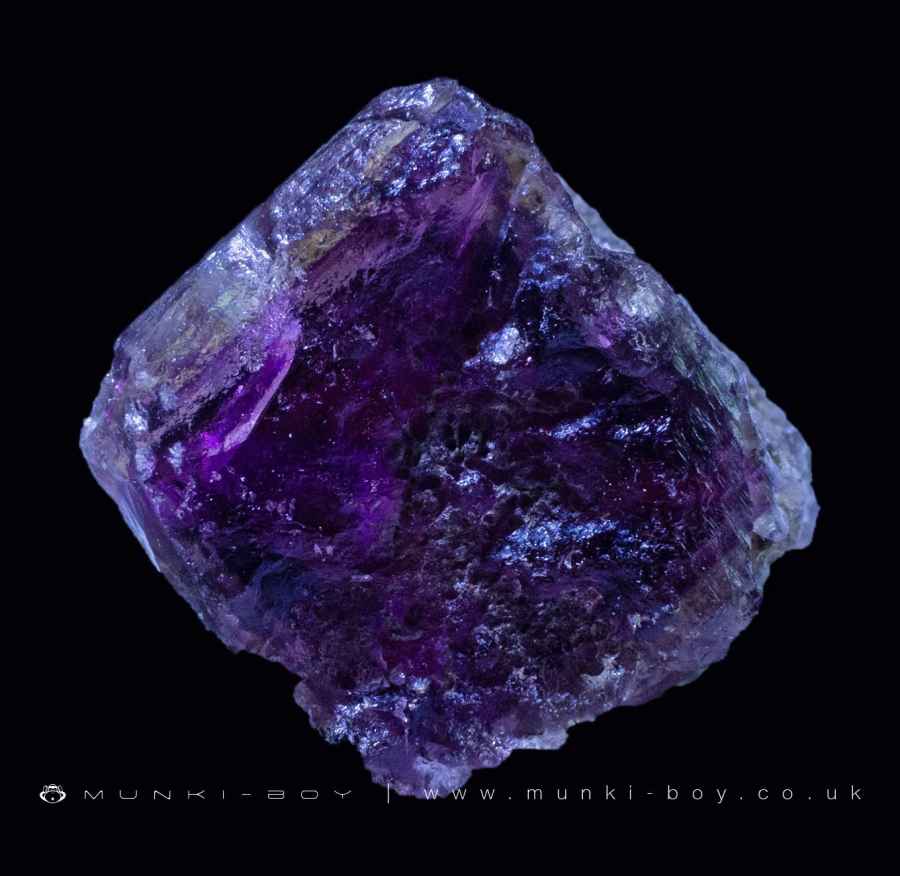
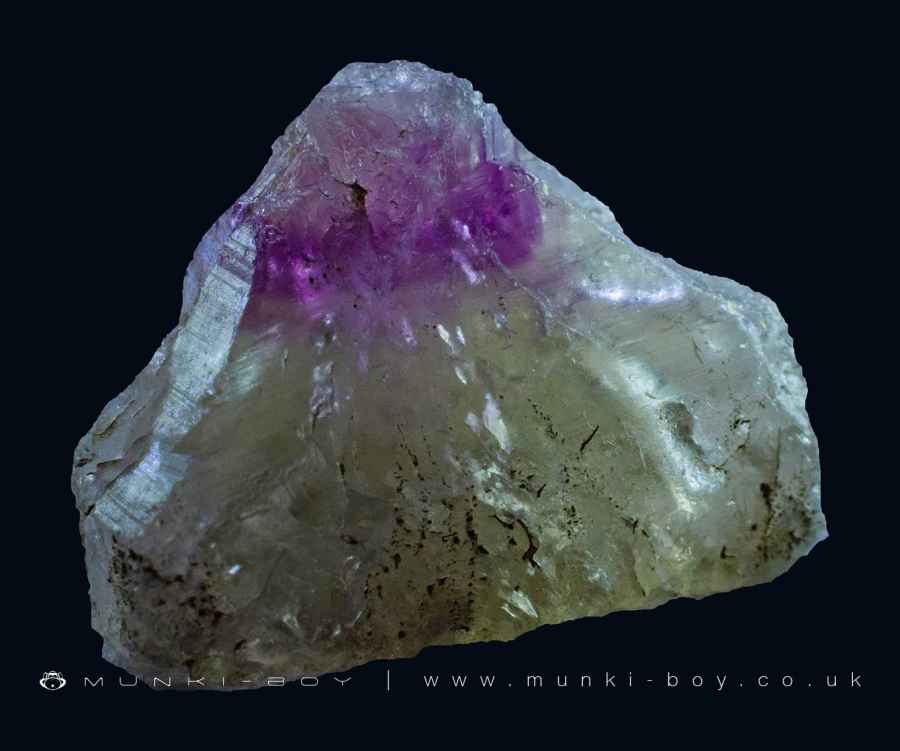
Sykes Mine
Sykes Mine LiDAR Map
Contains public sector information licensed under the Open Government Licence v3.0
Local History around Sykes Mine
There are some historic monuments around including:
Round cairn on Parlick Pike.



